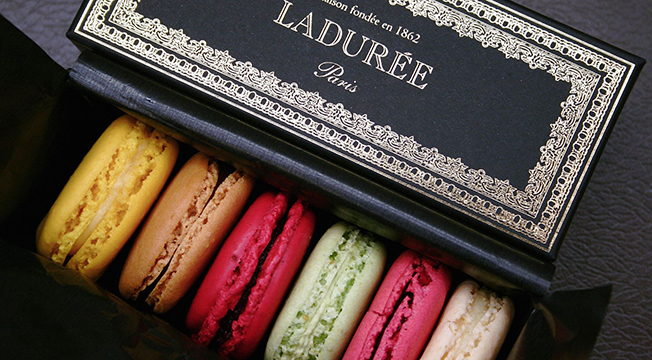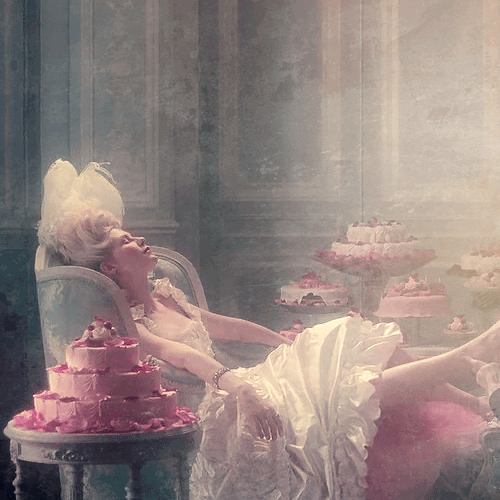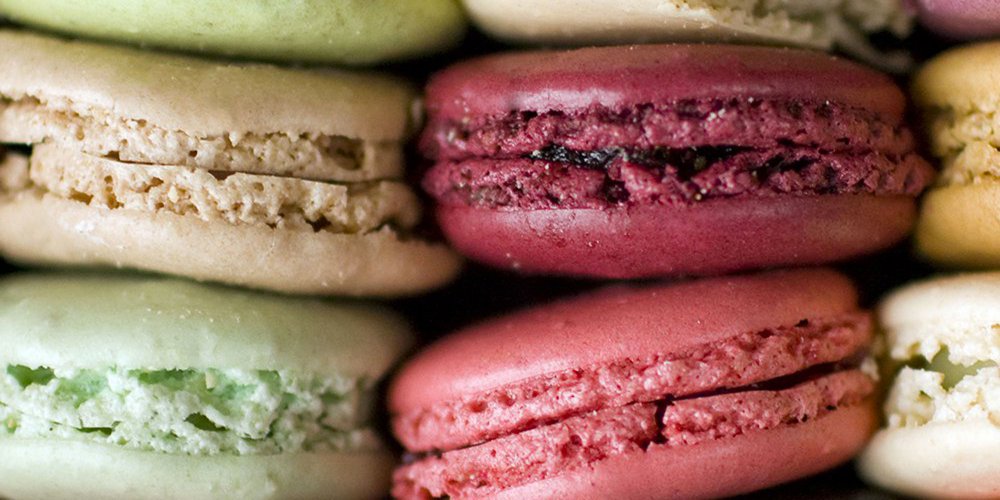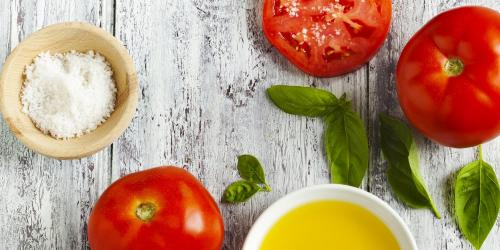Almost as well known as the croissant, the macaron Ladurée has established itself internationally. Multiplying flavors and colors, this pastry has become emblematic of the French culture and Paris and sells like hotcakes (?): There are 20,000 of these macaroons sold around the world every day. Back to the beautiful story of the house Ladurée and its flagship product. To your taste buds!
Ladurée: from the bakery to the tea room
To know all the history of Ladurée, we must go back to 1862: the house is still a bakery held by Louis Ernest Ladurée and located rue Royale in Paris. A fire later, the bakery turns into pastry with an elegant front, finely decorated by the painter Jules Chéret.

That's when Jeanne Souchard - wife of Louis Ernest - has the brilliant idea of mixing genres. The delicacies of pastry are just waiting to mingle with hot drinks usually served in Parisian cafes: the first tea room is born.
And Ron, and Ron, little macaroon
If the appearance of the name "macaroon" date a priori of the Middle Ages, it will be necessary to wait for Pierre Desfontaines - grandson of Louis Ernest - to meet the macaron in its current form. Indeed, at the beginning the macaroon sold by Ladurée is a biscuit with round almond, which looks like Italian amaretti.
Pierre Desfontaines then had the idea to assemble them two by two and garnish them with a ganache: and presto, it made macaroons. Over the years, the recipe has remained unchanged but manufacturing quantities have evolved considerably. To be able to deliver all the points of sale of the sign, the macaroons products frozen.
Over the years, the Ladurée macaroon has become a symbol of the French way of life. Tasted by Marie-Antoinette in the eponymous film directed by Sofia Coppola, the macaroon is also honored in various series such as "Made In Chelsea" or "Gossip Girl". Not to mention countless partnerships with Louboutin, Dior or ... Pharrell Williams.



